How to transplant a spruce correctly?
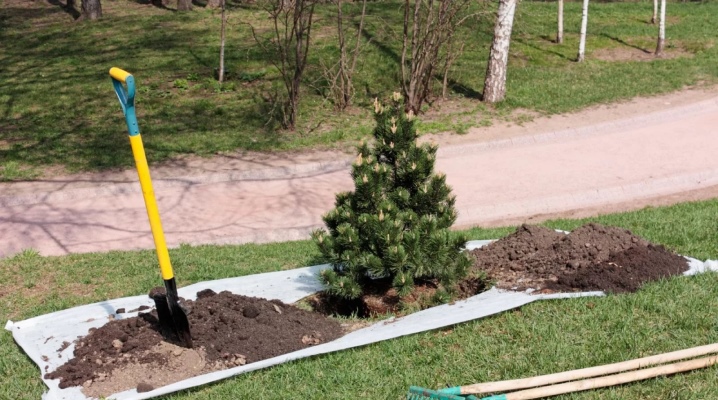
Slender Christmas trees with lush, evergreen needles look great on summer cottages and suburban areas. With their help, you can form a beautiful landscape design and a unique, original style on your land. Clean air with the scent of pine needles is good for both people and pets. Therefore, everyone who cares about their health should certainly plant spruce on the territory of their land plots.
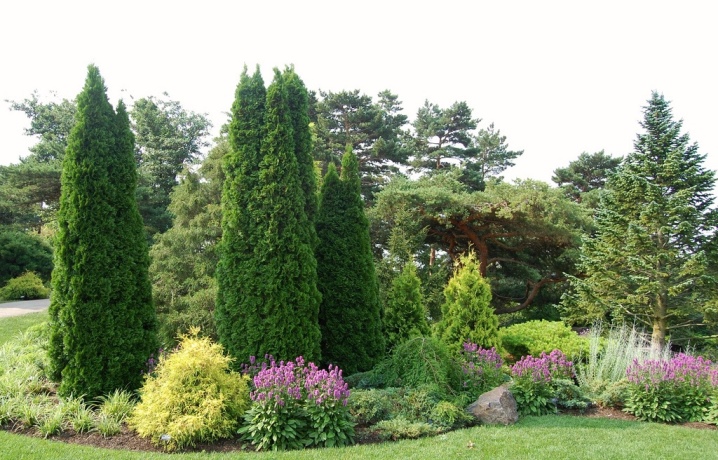
The right time
In our temperate climate, you can replant trees until almost the very cold. But early spring from late April to early May is considered the best time to plant fir trees. This period makes it easier for the tree to adapt to transplanting, because its buds have not yet opened.
Early autumn in late August - early September is also suitable for planting Christmas trees, at this time the soil is soft, which contributes to the rapid growth of the root system. Of course, if weather conditions permit, you can replant in summer, as long as it is not too hot and dry. The main thing is to water the prepared place with a sufficient amount of water in advance.
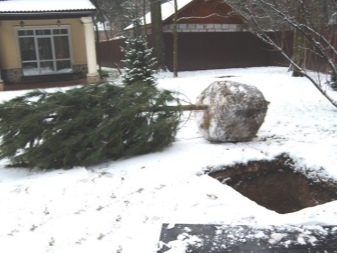
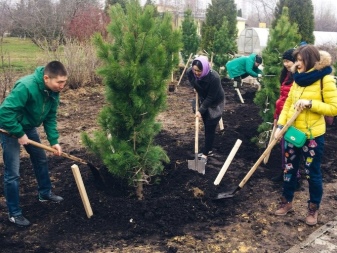
Seat selection
First you need to very carefully choose a place for landing. The most suitable one may be one that is well lit by the sun. A slightly shaded area is also suitable for growing a coniferous tree. It is in the open space that the coniferous beauty can develop in all its beauty.
It should be borne in mind that spruce is a tall tree, it can reach 10 or even 20 meters in height. Due to this height, electrical wires above it are unacceptable. The span of the crown is also great, it can reach 5 meters. Therefore, the distance from the landing site and buildings should be as large as possible, about 10 meters.
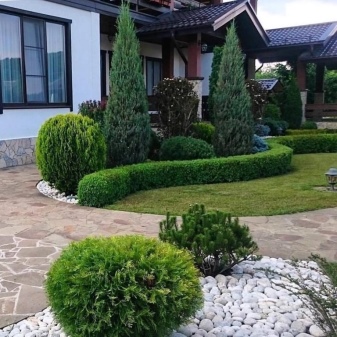
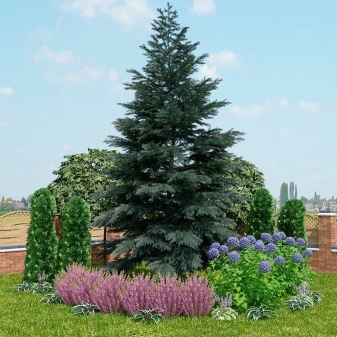
When determining a place for a spruce, one more important point should not be missed: the landing site should be discussed with all neighbors on the site so as not to cause inconvenience to anyone. After all, a spruce, even one, will grow over time, and even more so if there are several of them - they should not cause inconvenience to anyone. And the spruce itself must grow in safety.
Several types of fir trees of different heights can be planted near buildings. They can replace the fence on the territory. And one of the tallest spruce can be planted where it is best to rest. It will become a beautiful decor for both the garden and the central resting place. Under its shady branches, you can build a gazebo, bench and structures for relaxation and rest.
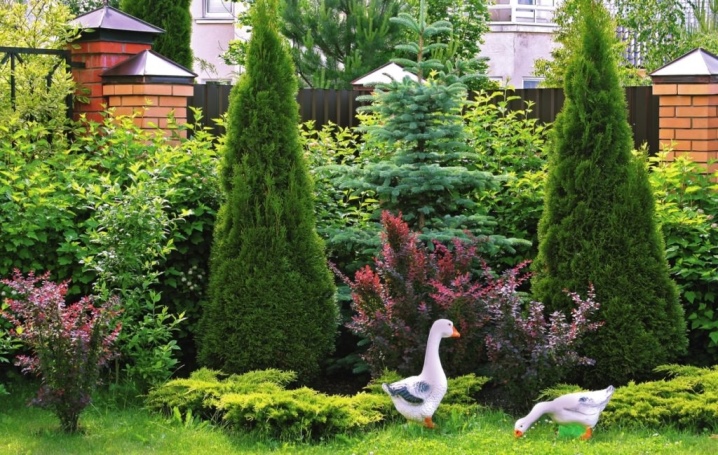
However, the proximity of spruce trees to other fruit and vegetable plantings, or even their shadow, can have a negative impact on the growth and fruiting of these plants. Falling needles oxidize the soil around the tree, which can be detrimental to fruiting.
Another thing to remember is drainage. Swampy soils are detrimental to conifers and do not contribute to their growth and development. For green beauties, it is advisable to pick up land where there is no groundwater nearby.
Thus, how the spruce takes root will depend on many factors. From the quality of the planting material, from the nature in the area and the acidity of the soil at the new landing site.
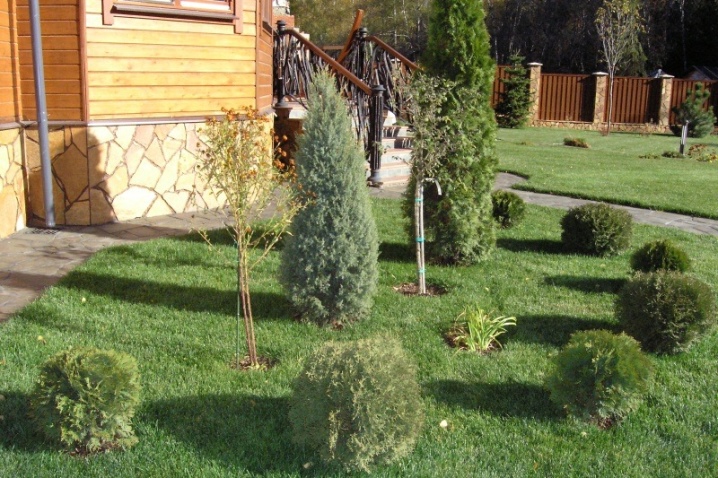
How to get a tree out of the ground?
Experts and gardeners claim that ate is the most hardy if they are taken from their natural environment, that is, from the nearby forest.They have significant advantages over the purchased ready-made seedling - this is a complete adaptation to local conditions, which allows them to have a higher resistance to adverse influences inherent in a given area. The rapid growth and restoration of the vitality of forest beauties is very important for them undergoing regular trimming.
Therefore, gardeners and owners of country houses and plots prefer to transplant forest spruce onto their land.
Going to the forest for a coniferous tree, you need to know that the fluffiest of them grow on the outskirts of the forest.
And so, the spruce that I liked was selected and carefully examined. It must be free from damage and visible health defects. A large, mature spruce is not suitable for transplanting. A low meter two-year-old is more suitable for this purpose, not higher. Then the tree will better transfer planting to a new place, and the likelihood of damage to the root system of the seedling will noticeably decrease. After all, the older the tree, the longer its roots and the easier it is to damage them.
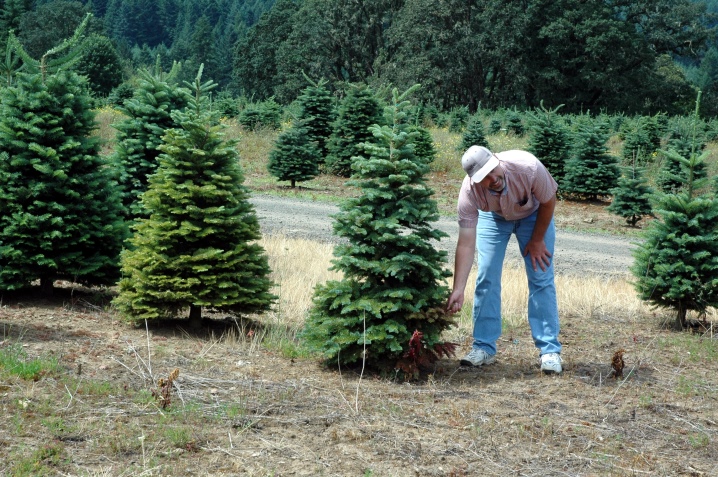
The most difficult task is the need to dig up the spruce according to all the rules. The tree should be dug around the trunk along the width of the largest branches - the depth of the hole should be just over half a meter. Carefully pull the planting material out of the dug hole, while carefully holding the root soil. Then wrap the lump with a piece of cotton fabric prepared in advance. This will assist in transporting the seedling to the transplant site.
It is necessary to take into account the significant difference between the forest soil, where the spruce grew, from the one in which it will grow further, even if this distance is small. The transplant will be more successful if you capture a certain amount of land from the very hole where the seedling was dug.
If you make a mark on the southern side of the trunk of the dug tree, and then plant it in the same direction as before, then the tree will grow healthy and its survival rate will be much higher.
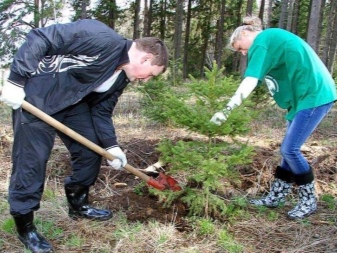
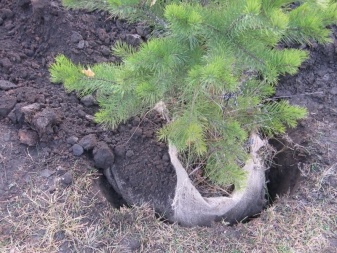
Landing on the site
Some gardeners prefer to first plant a spruce in a pot, and then transfer the grown one to the site. However, it should be noted that in this way it is almost impossible to provide the tree with the necessary conditions for wintering. The room should be cold, light and well ventilated, and the apartment heated in winter is too warm for eating. The warmth in the winter period of time cannot provide the tree with a state of rest - its natural cycle will be disrupted, which threatens to dry out or it will develop painful shoots.
The easiest way is to transplant a spruce seedling purchased in a container and directly from the greenhouse. It has 100% survival rate elsewhere.


There are basic rules for transplanting trees. They are common for everyone - for those dug in the forest, for purchased seedlings, and for those grown in pots at home.
In order for the process to go through all the rules, you should prepare in advance:
- organic fertilizers;
- prepared potting soil;
- dry sawdust for mulching;
- drainage;
- shovel;
- watering container (bucket, watering can).


The correct transplant process is as follows:
- about 10-15 days before the transplant, you need to prepare a hole half a meter deep and wide;
- place drainage at the bottom of the hole;
- prepare a soil mixture from identical parts of soil, sand, peat and humus dug out in the forest, adding up to 150 g of organic fertilizer to it;
- pour the mixture over the drain and moisten;
- place the seedling on top of a layer of potting soil;
- before backfilling with soil, it is necessary to carefully spread all the roots of the seedling;
- slightly raise the trunk, fill up the soil, level and tamp the earth;
- top the hole with the remaining forest soil and pour abundantly with water.
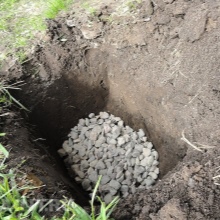
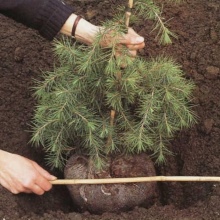
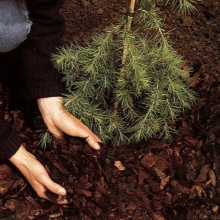
Further care
And now, finally, a new spruce appeared on the site, which will grow for many years, delighting people with its greatness and filling the air with fragrant pine coolness every hot day.The spruce must be carefully looked after from the very moment the seedling appears on the site, carefully monitor how it takes root.
Throughout the first year, small Christmas trees are watered often and little by little. Of course, as the growth continues, the irrigation regime will have to change.
Although the spruce grows slowly, it still needs annual pruning, which should not be overlooked. At the beginning of spring, new shoots have not yet begun to grow, preventive pruning is carried out for sanitary purposes. Dry and diseased branches are removed with pruning shears or hedge trimmers. And already around the middle of summer, after the end of the growth of new shoots, a second decorative pruning is carried out. If the pruning is carried out no later than mid-summer, then the cuts will have time to drag on until winter.
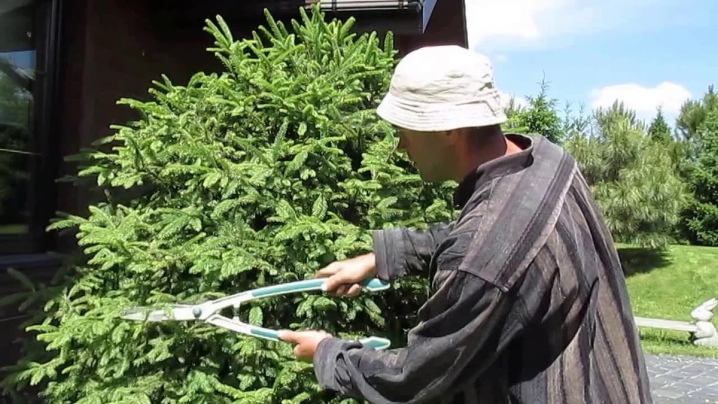
As for small Christmas trees, you do not need to cut them, but pinch them by hand. In late spring and early summer, young shoots are still tender and fragile, so you can do without tools.
To make the tree grow more luxuriant, you just need to cut down its top, treating the place with potassium permanganate.
Another rule of care prohibits cutting the side branches too much. In a spruce, under green branches closer to the trunk, the needles quickly fall off, and new buds are not formed in these places. And regardless of the season, it is necessary to remove "rusty" branches as soon as they appear.
Such annual haircuts and pinching make it possible to carefully examine your coniferous pets, which makes it possible to identify diseases in a timely manner. After all, they often threaten them.
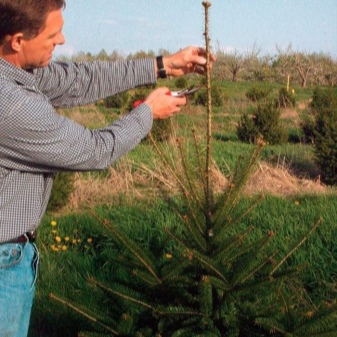
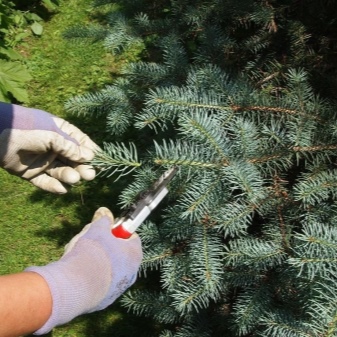
In order to prevent diseases of spruce trees, it is necessary to create favorable conditions for their growth and development, including treatment with drugs to increase their immunity to diseases. And also carry out on a regular basis root and foliar dressing with organic fertilizers that are suitable for conifers.
The development of diseases is often caused by unhealthy planting material, the presence of mechanical injuries in the tree, damage by insects, as well as improper planting and illiterate further care.
Young plants are not resistant to non-infectious and infectious diseases; only with age does their resistance increase. Therefore, an important role is played by the spring treatment of conifers with the use of preventive preparations with which healthy trees are treated in order to prevent diseases and pests.
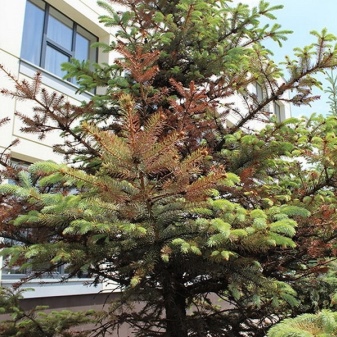
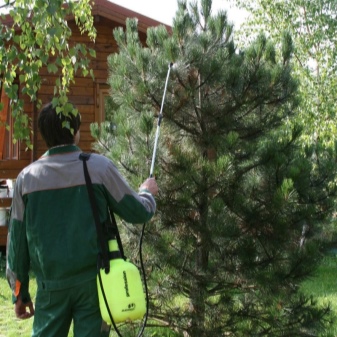
Of the whole variety of diseases, fungal infections should be distinguished, which often affect ate. First, the crown crumbles, and often the trees simply die. Fighting fungal infections is difficult, but there are many well-studied methods.
Thoroughly removing diseased branches with damaged needles is the first thing to do. Then treat the soil and the diseased tree itself with highly effective broad-spectrum fungicides used for both prophylaxis and treatment, as well as new generation microbiological preparations. After such procedures, treatment with specialized highly effective natural biostimulants is recommended to enhance immunity. They will greatly facilitate care and help grow healthy Christmas trees.
However, only a specialist can choose the right drugs and find effective doses. With an independent choice of drugs, it is possible to harm not only the spruce and other plantings growing near it, but also the gardener himself, who will carry out processing without preparation and certain knowledge.
There are diseases that cannot be cured, and the tree must be completely removed along with the stump, and the soil must be treated with fungicides.
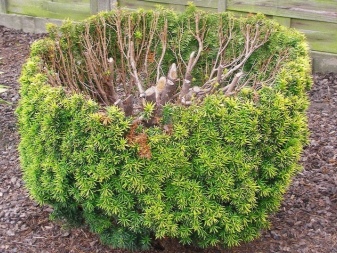
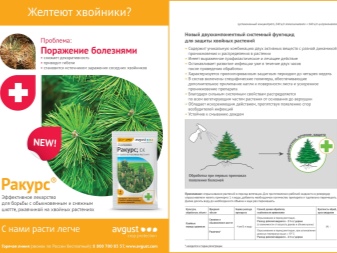
Constantly caring for the transplanted spruce, watering it abundantly in the heat, you can enjoy its splendor and beauty for many years, enjoy the healing aroma with phytoncides and essential oils that cleanse the surrounding air from toxins and microbes.
Watch a video below for expert advice on planting your spruce properly.



































































The comment was sent successfully.